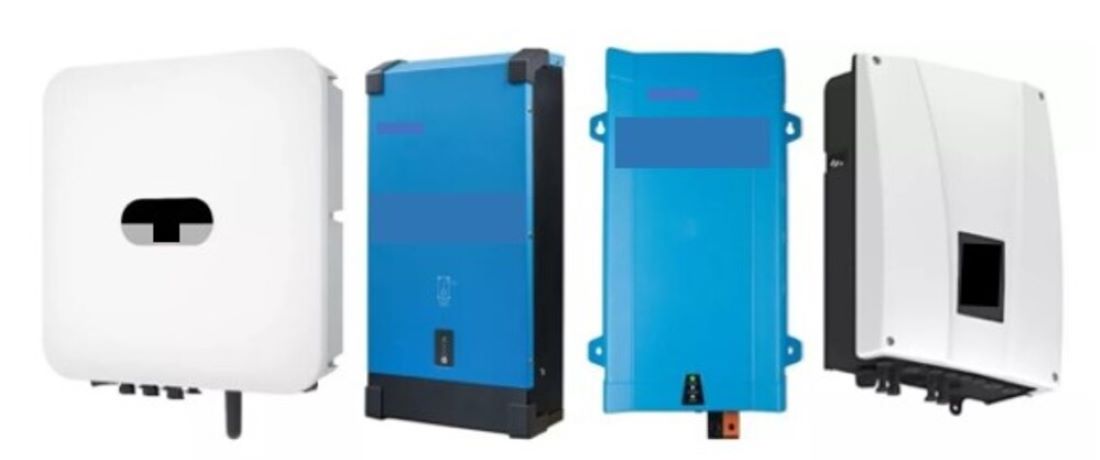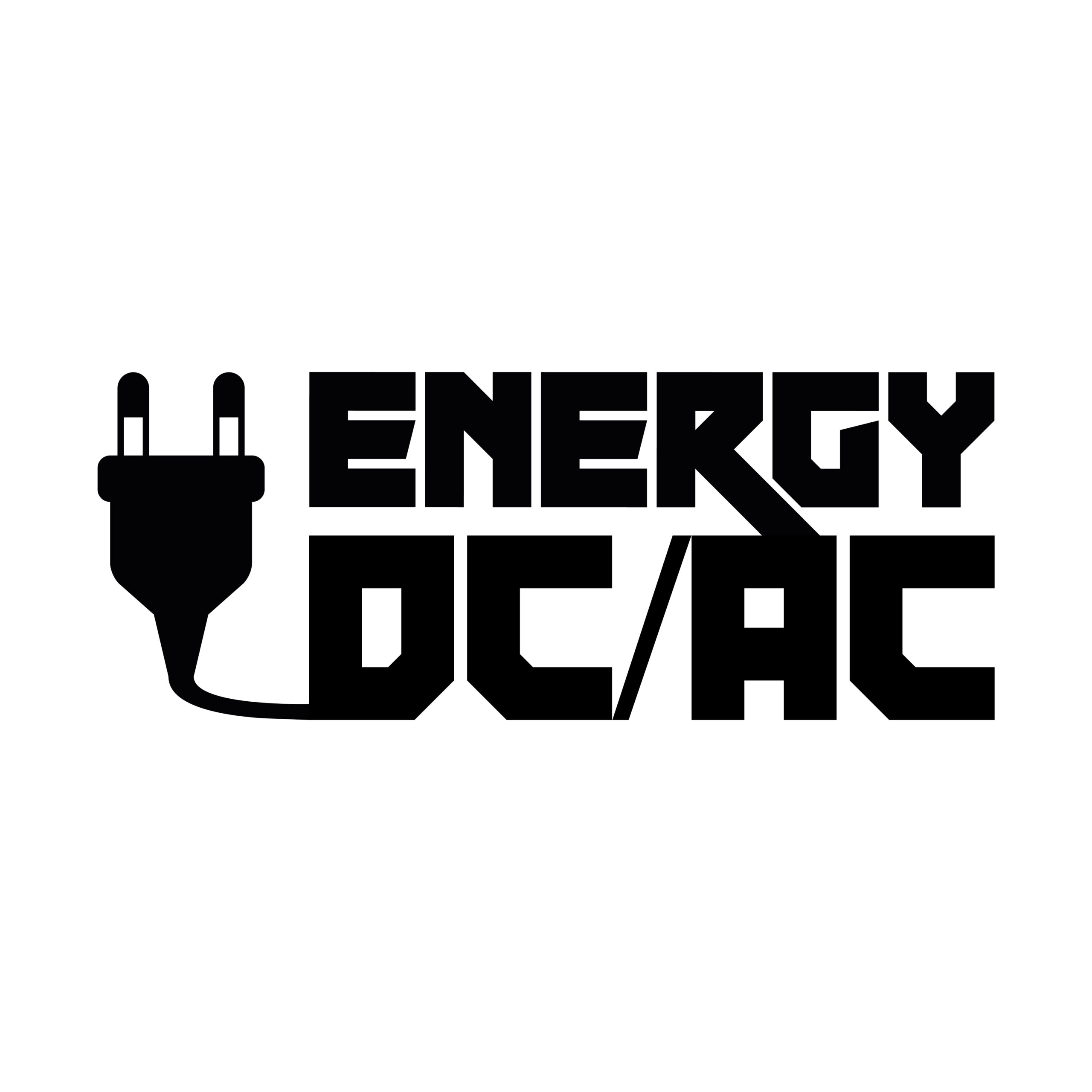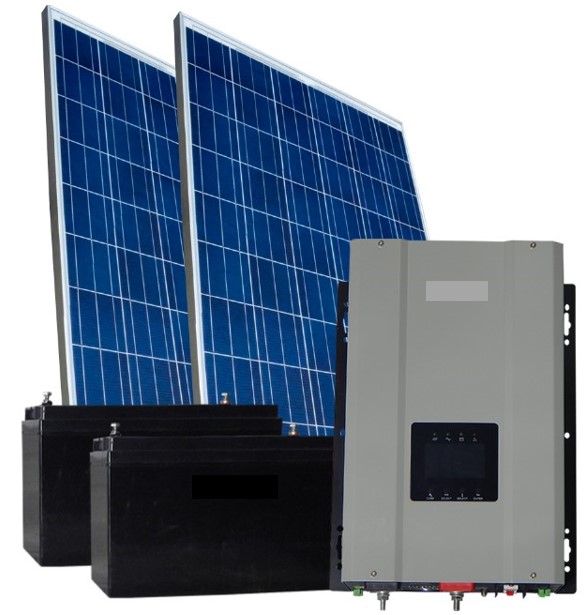Solar Energy
The solar inverter: what you need to know before buying it. Part 1
Are you considering installing a solar energy system at home? Then you should start by getting to know the associated equipment, and with energydcac, you’ll learn everything about the solar inverter.
Before you begin, we recommend checking out our post The photovoltaic energy system for homes. Which will introduce you to the exciting world of photovoltaic systems.
As we will see next, the solar inverter is an essential component in photovoltaic systems. Since it enables you to harness the energy generated by the solar panels in your home.
What is a DC – AC solar inverter?

The solar inverter is a device that converts the direct current (DC) or DC electricity coming from solar panels, which can have a voltage of 12, 24, or 48 V, into alternating current (AC) electricity. The AC voltage value depends on the country’s standards.
This conversion is carried out to make the electricity usable in household, commercial, or industrial appliances. This is the primary function of a solar inverter.
In the following, we’ll discuss these devices a bit more to help you understand their significance within a photovoltaic or solar energy system.
The types of solar inverters

There are various types of solar inverters based on their connection method and the features they offer concerning the electrical grid. The choice between them depends on the configuration you prefer.
- Grid-Tie or grid-connected inverters are the most common; they connect to both the electrical grid and the solar panels
- Inverters with energy storage include a battery charger
- Off-grid inverters function solely with solar panels and are isolated from the electrical grid
- Hybrid inverters are a combination of grid-tied and off-grid inverters. They are more expensive but also more secure
They offer battery charging and controlled use of stored energy, ensuring extra availability of electricity during periods without sunlight
- Microinverters allow individual control of each solar panel, offering greater energy efficiency for better utilization of solar energy
Regarding technology, DC-AC inverters are classified based on the type of AC wave they emit. To learn about these, don’t miss our upcoming post titled Choosing the right inverter technology for connected devices.
In the second part of this post, titled The Solar Inverter: What You Need to Know Before Buying It. Part 2 we will continue explaining what you should consider before purchasing your solar inverter.
Image sources
- energydcac.com
- solarchoice.net.au

